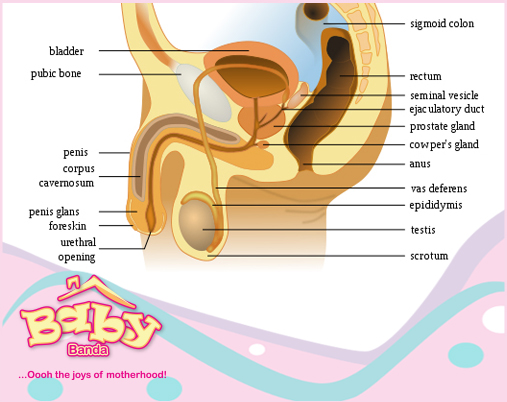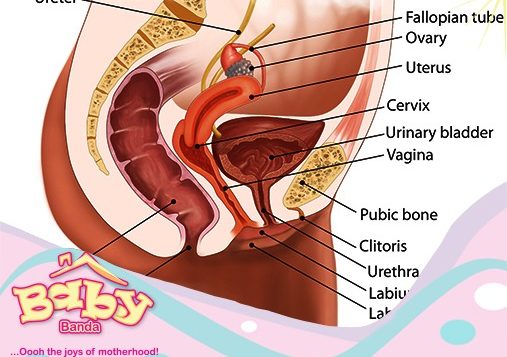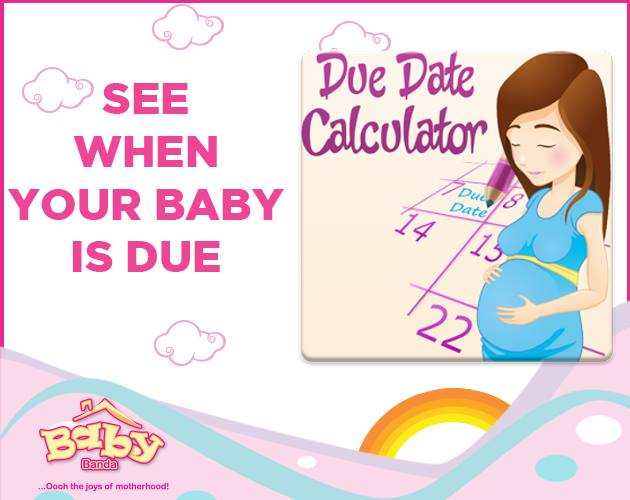Female Reproductive System
A woman has reproductive organs both inside and outside her body. All the organs play a role in the reproductive process which includes: menstrual or monthly cycle (getting your period), conception (when a woman’s egg is fertilised by a man’s sperm), pregnancy and childbirth. These organs include:
• Ovaries – two small glands contain eggs (ova) and make hormones. One of the ovaries releases an egg about once a month as part of the menstrual cycle. This is called ovulation.
• Fallopian tube – when an egg is released, it travels through the Fallopian tube to the uterus. You will get pregnant if you have sex with a man, and his sperm fertilises the egg on its way to your uterus.
• Uterus – the uterus, or womb, is a hollow, pear-shaped organ. The uterus expands to allow a fetus to grow and the muscular walls of the uterus help to push the mature fetus out during birth. If pregnancy does not occur, the egg is shed along with the blood and tissue that lines the uterus. This is menstruation, also called getting your period.
• Endometrium – The lining of the uterus, which gradually thickens and then is shed during menstruation.
• Cervix – this is a narrow entryway that connects the vagina and uterus. The cervix is flexible so that it can expand to let a baby pass through during birth.
• Vagina – This is the birth canal. The vagina stretches during childbirth.
• Vulva – The external female genital organ is the vulva. The vulva has five parts: pubis, labia, clitoris, urinary opening, and vaginal opening.
The Menstrual Cycle
The menstrual cycle is the preparation of a woman’s body for a possible pregnancy. This occurs monthly during the woman’s reproductive years (from puberty to menopause). The menstrual cycle usually lasts about 25 to 32 days. However, women’s menstrual cycles vary in their length and amount of bleeding, according to the woman’s age, weight, diet, amount of physical activity, level of stress and genetics. The length of the menstrual cycle is counted from the first day of menstrual bleeding until the day before the first day of the next menstrual bleeding. The cycle is largely controlled by the rise and fall of hormones during the month. It is important to keep track of your menstrual cycle with a menstrual diary or calendar, so you can know what’s normal for you.
The Male Reproductive System 
The primary structures and organs of the male reproductive system include:
• Penis – Male sex organ made of spongy tissue.
• Urethra – Tube through which semen is released from the body. Urine is released through the same tube.
• Seminal vesicles – Where sperm is mixed with semen.
• Foreskin – Hood of skin covering the end of the penis.
• Prostate – Organ that produces some of the fluid in semen.
• Testicles – Organs that produce sperm.
• Scrotum – Sack of thin, loose skin containing the testicles.
• Vas deferens – Each of the 2 thin tubes that carry sperm from the testicles to the seminal vesicles.














